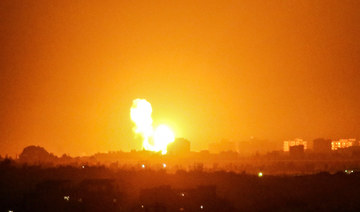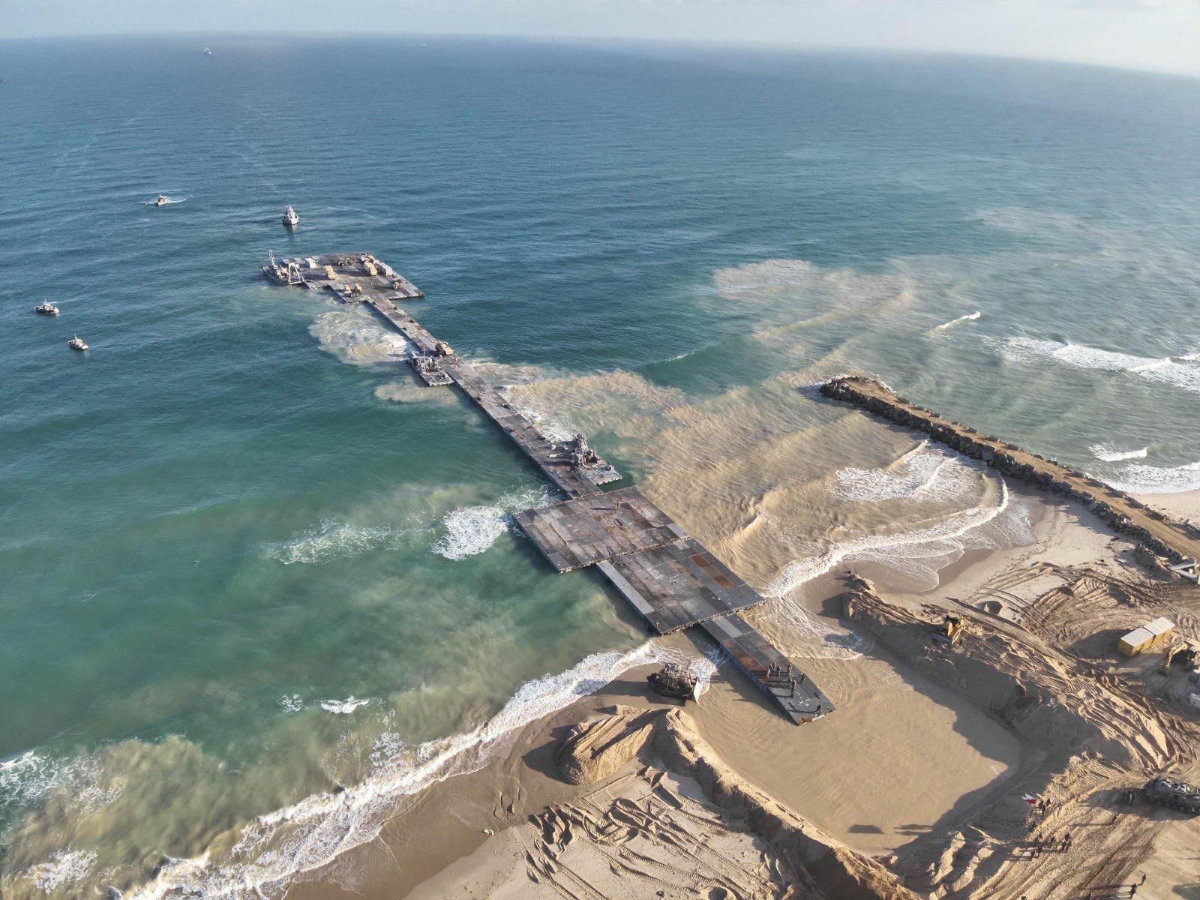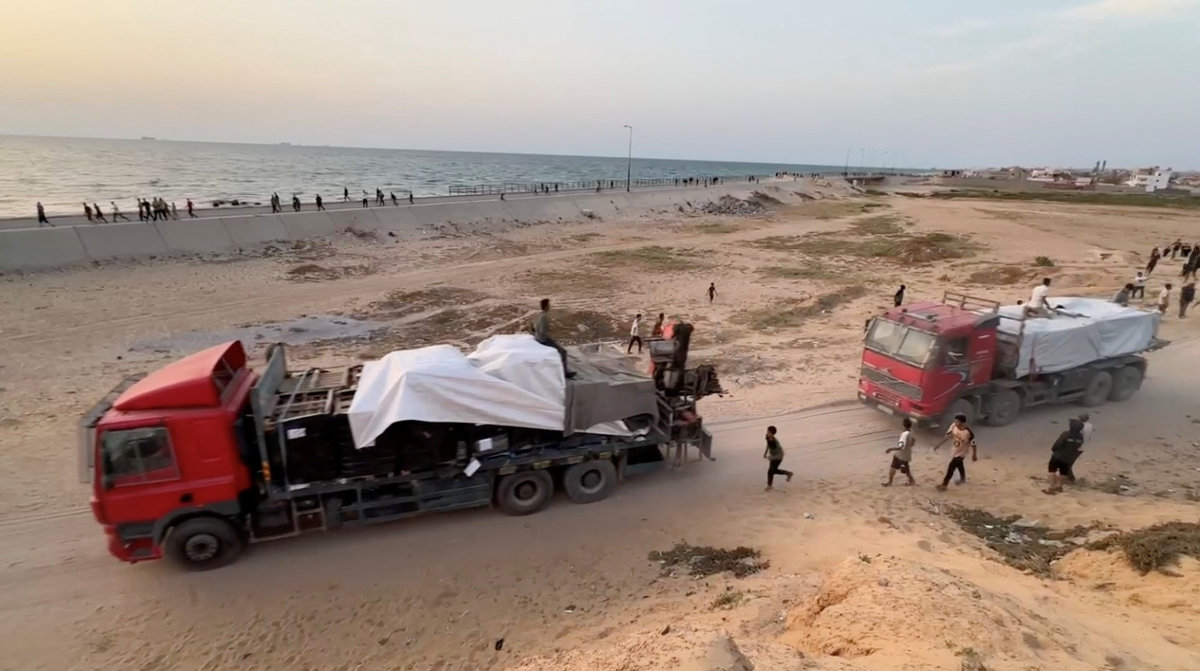GAZA CITY: An Egyptian security delegation has arrived in Gaza for talks aimed at defusing continued tensions along the Palestinian border
with Israel. This year’s diplomatic mission comes in the wake of increased Israeli military strikes in response to violent demonstrations, and the launching of balloon bombs into Israeli communities adjacent to the enclave.
Prior to their visit to Gaza, Egyptian officials held meetings with Israeli security and military chiefs and their counterparts representing the Palestinian Authority in Ramallah.
The Cairo delegation was keen to ensure the security situation in Gaza did not get out of control and was trying to maintain a cease-fire agreement.
*****
READ MORE: Egyptian mediators enter Gaza after week of clashes with Israel
*****
Amir Bukhbout, a military analyst for the Israeli website Walla, said the Egyptians would be carrying messages from Israel to Hamas, agreeing to the continued entry of Qatari funds and approving civilian projects in Gaza in exchange for non-escalation.
He added that the indications were that Hamas would accept the conditions, and that Israel would step up its attacks if incendiary balloons continued to be launched.
Palestinian protesters have been using the makeshift bombs as part of their Great Return March demonstrations which Israel has blamed for starting fires on its agricultural land. However, Hamas official Ismail Radwan said: “The occupation bears full responsibility for the ongoing escalation in Gaza.”
He added that Gaza would not be a “grab,” and said that Israel “should think a thousand times before it extends the circle of its aggression and crimes against our people in Gaza.”
Hamas welcomed contacts with its “Egyptian brothers” through the security delegation and continued to keep Cairo informed of developments in Gaza, he told Arab News.
“Egypt is constantly supportive of the rights of our people, and is keen on maintaining calm in Gaza, but the occupation must abide by what was previously agreed upon and the lifting of the blockade,” Radwan said.
Egypt is constantly supportive of the rights of our people, and is keen on maintaining calm in Gaza, but the occupation must abide by what was previously agreed upon and the lifting of the blockade.
Ismail Radwan, Hamas official
On the use of incendiary balloons, he added: “It is our right for our people to exercise all forms of resistance in order to break this unjust siege imposed on our people.”
Last year, Egypt succeeded in brokering understandings between Hamas and Israel which resulted in the suspension of border demonstrations.
Agreements also included increasing the fishing zone to 15 miles, concessions on imports and exports through the Kerem Shalom border crossing, and improvements to electricity supplies and projects implemented by UN agencies.
Gaza has witnessed increased tensions over the past two weeks, prompting Israel to stop fishing and fuel supplies.
Talal Abu Zarifa, a member of the political bureau of the Democratic Front for the Liberation of Palestine, said Israel had reneged on its recent pledges along with the cease-fire agreement that Egypt sponsored after the 2014 Israel-Gaza conflict.
“All options are on the table of all factions in the context of confronting the occupation, extracting our rights, and ensuring a decent life for our people in Gaza.
“The occupation bears responsibility for the escalation and its repercussions and must realize that we will not accept calm without lifting the siege and stopping all forms of aggression against our people,” he added.
























